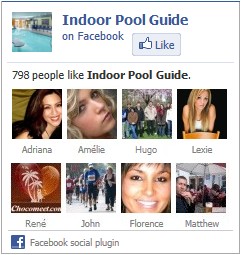
On a hot summer day, who wouldn’t want to jump into a cool and refreshing pool? And then, as the sun sets, what better way to relax than to slip into your own backyard spa — summer or winter?
But enjoying all that requires some regular attention. Remember, the water in your pool and spa is an ever-changing environment that calls for constant and careful monitoring. For some, this means hiring a professional service technician to come by once or twice a week. You can, however, take care of your pool and spa yourself.
The need to treat water has been widely accepted for a long time. Sanitation, especially, is recognized as a means of controlling communicable diseases. The pool operator is expected to provide safe, clean water for bathers.
More recently, however, the importance of mineral saturation, or ‘water balance » as it is more popularly known, is recognized by those responsible for maintaining the pool and equipment. Water can become aggressive and destroy pools with corrosion, or it can become scaling and damage the pool with mineral deposits.
The pool operator must learn about the use of chemical agents for sanitation and for control of pH, total alkalinity and calcium hardness. The operator is expected to protect both the swimmers and the pool itself. This chapter is written to present the necessary chemical treatments and sufficient background information to know when and how to use them.
Water Sanitizing Components
As you probably know, the occasional addition of new water — or wholesale water replacement in the case of spas — isn’t enough to keep the water clean and clear of unwanted and often microscopic contaminants.
But worry not! Pool and spa chemists have spent years developing a variety of tests and chemical-treatment methods to keep your pool and spa safe and sparkling clean. Your goals here are water sanitation and water balance. In other words, you want your levels of sanitizers (such as chlorine or bromine) and your levels of pH, total alkalinity, water hardness and total dissolved solids to all fall within acceptable limits.
And learning to keep these areas in check isn’t as complicated as it may seem.

